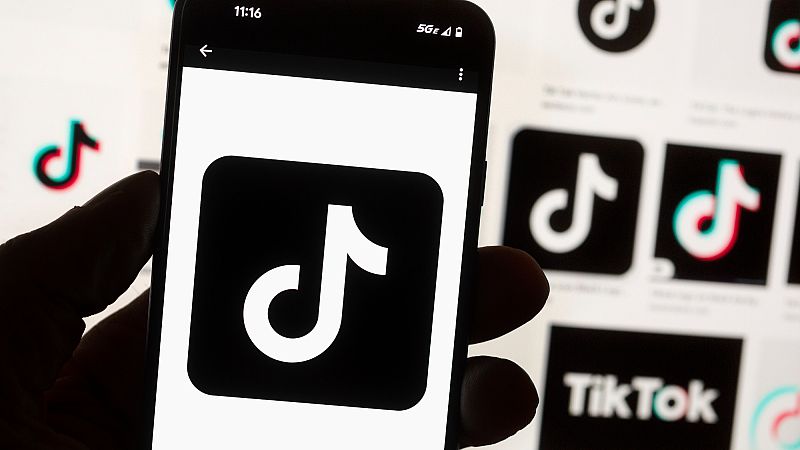TikTok Introduces Community Notes: The Rise of Crowdsourced Fact-Checking

TikTok Introduces Crowdsourced Fact-Checking Feature
TikTok has introduced a new feature called Footnotes, which allows users to add context and notes to videos. This is the latest move in the ongoing effort by social media platforms to combat misinformation through community-based fact-checking.
The Footnotes feature is currently available in the United States. It enables users to write notes that provide additional information or context on a video. These notes can include insights from researchers, statistics, or other relevant details. Users can also vote on whether other comments should be displayed under a video. The goal is to offer a more comprehensive understanding of the content being shared.
This approach mirrors similar initiatives on platforms like X (formerly Twitter) and Meta’s Facebook or Instagram. However, the question remains: why are these major tech companies investing in such systems?
Understanding Community Fact-Checking
Community fact-checking involves users contributing their knowledge and perspectives to evaluate the accuracy of online content. Scott Hale, an associate professor at the Oxford Internet Institute, noted that Twitter launched a similar initiative called Birdwatch in 2021. Although the feature continued after Elon Musk took over the company, its effectiveness has been debated.
Otavio Vinhas, a researcher at the National Institute of Science and Technology in Brazil, pointed out that Meta’s recent introduction of a community notes program aligns with a broader trend influenced by former U.S. President Donald Trump. This trend emphasizes a libertarian view of free speech, where platforms prioritize user expression over strict moderation.
Vinhas explained that for some, fair moderation would mean supporting free speech without significant concern for potential harm or false claims. Despite this, there is evidence that crowdsourcing can be effective. Studies have shown that groups often arrive at accurate conclusions when evaluating the reliability of information.
How TikTok's Footnotes Differ
While similar to other platforms, TikTok’s Footnotes feature has a unique aspect. It requires users to provide a source for their notes, a requirement that is not mandatory on X. This adds a layer of accountability to the process.
However, the challenge for all platforms lies in ensuring that these notes reach the right audience. Hale explained that each platform uses a ranking system based on user similarity to determine which content is shown. The algorithm aims to display notes to users who may find them helpful, even if they differ from the original user’s views.
Despite these efforts, most notes never make it to the public. A study by the Digital Democracy Institute of the Americas found that over 90% of notes on X were never published online. Even those that did appear took an average of 14 days to be posted, down from 100 days in 2022.
Challenges and Limitations
Hale noted that users often encounter content that reinforces their existing beliefs, creating echo chambers. This makes it difficult for people to come across notes that contradict their views. To improve efficiency, he suggested gamifying the process, similar to Wikipedia, where contributors can build a reputation and gain recognition for their work.
Wikipedia offers various incentives, including service awards, contests, and fundraisers, to encourage participation. Applying such models to community notes could enhance engagement and credibility.
Other Content Moderation Strategies
Community fact-checking is not the only method used by social media platforms. Automated systems are also employed to detect harmful content. For example, Meta uses AI to scan content proactively and remove it if it violates community guidelines. Human moderators then review flagged content to determine if it breaches the rules.
Users can also report content that may violate community standards. However, automated systems struggle to identify new forms of misinformation, as they are trained on repeated patterns. This means that novel falsehoods can still slip through.
Combining Professional and Community Efforts
Hale and Vinhas believe that professional fact-checkers and community notes can complement each other. While community contributions add context, professional fact-checkers bring expertise and deeper analysis. They can consult experts, verify sources, and monitor political or social developments in real-time.
Professional fact-checkers are often more committed to maintaining information integrity, especially during crises. Their work ensures that critical issues receive thorough scrutiny, something that individual users may not always prioritize.
The Future of Fact-Checking
TikTok’s Footnotes model is seen as a positive step toward global fact-checking efforts. However, it remains unclear whether this initiative will continue to expand or evolve in the future. As platforms experiment with new methods, the balance between free speech and accurate information will remain a key challenge.

Comments
Post a Comment